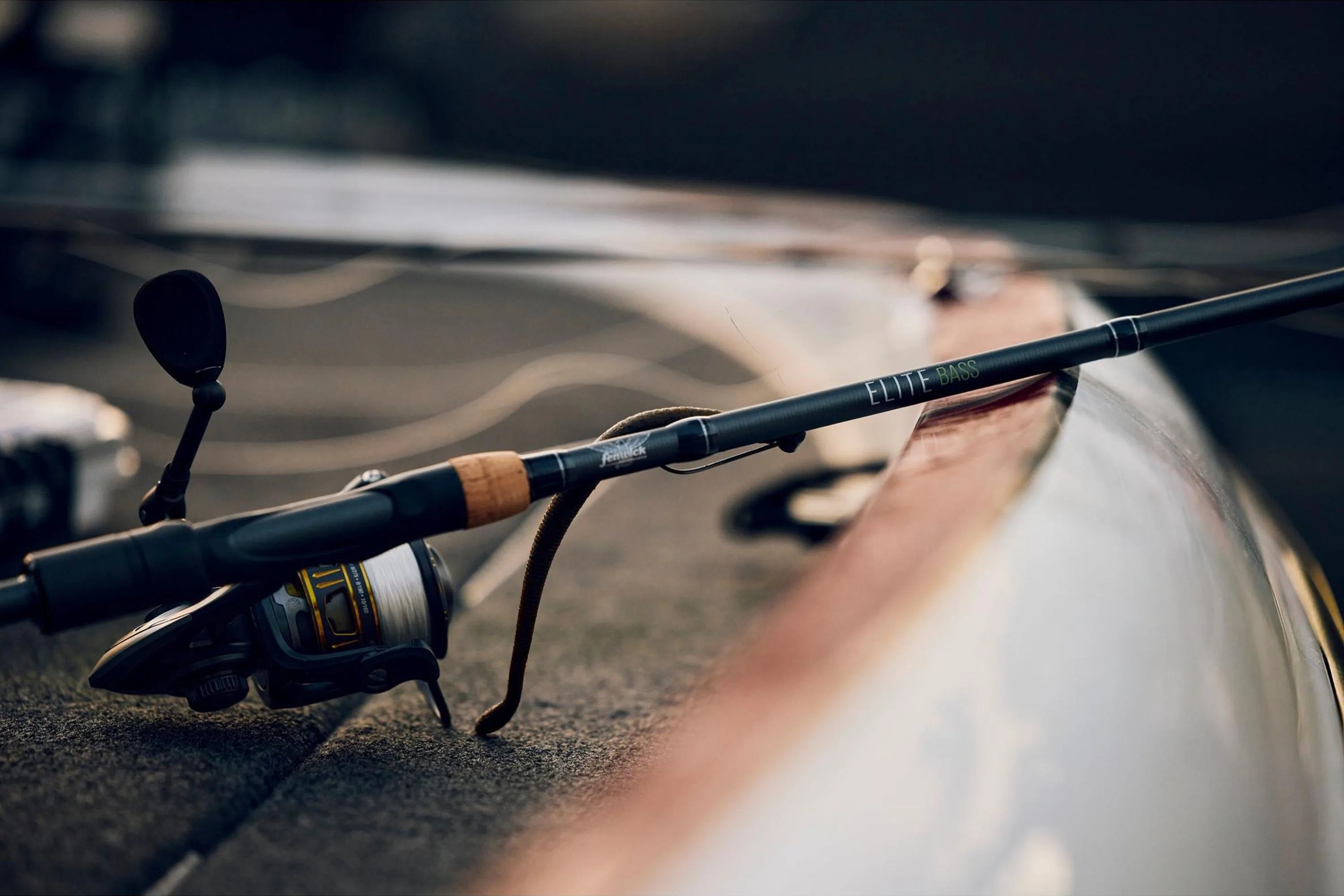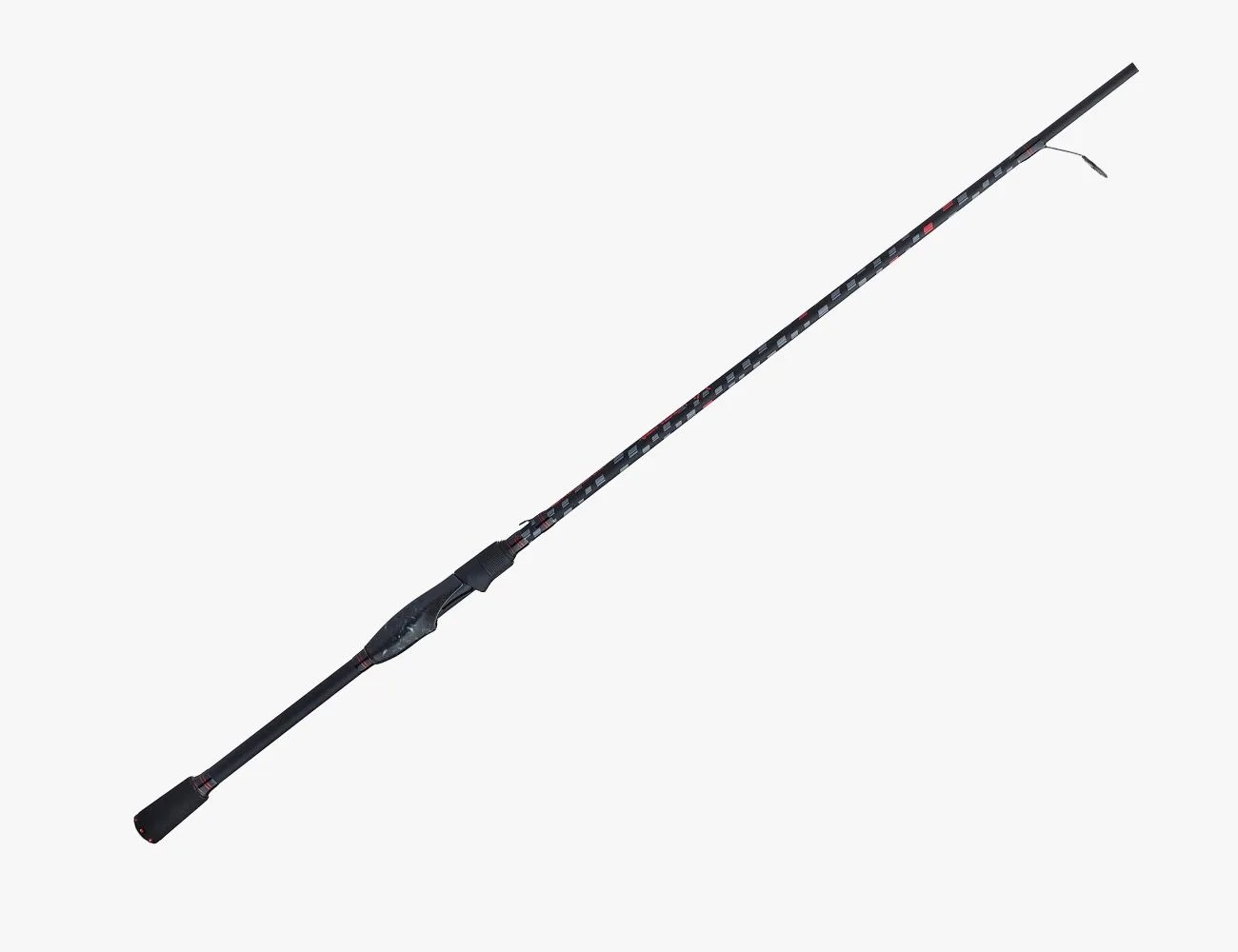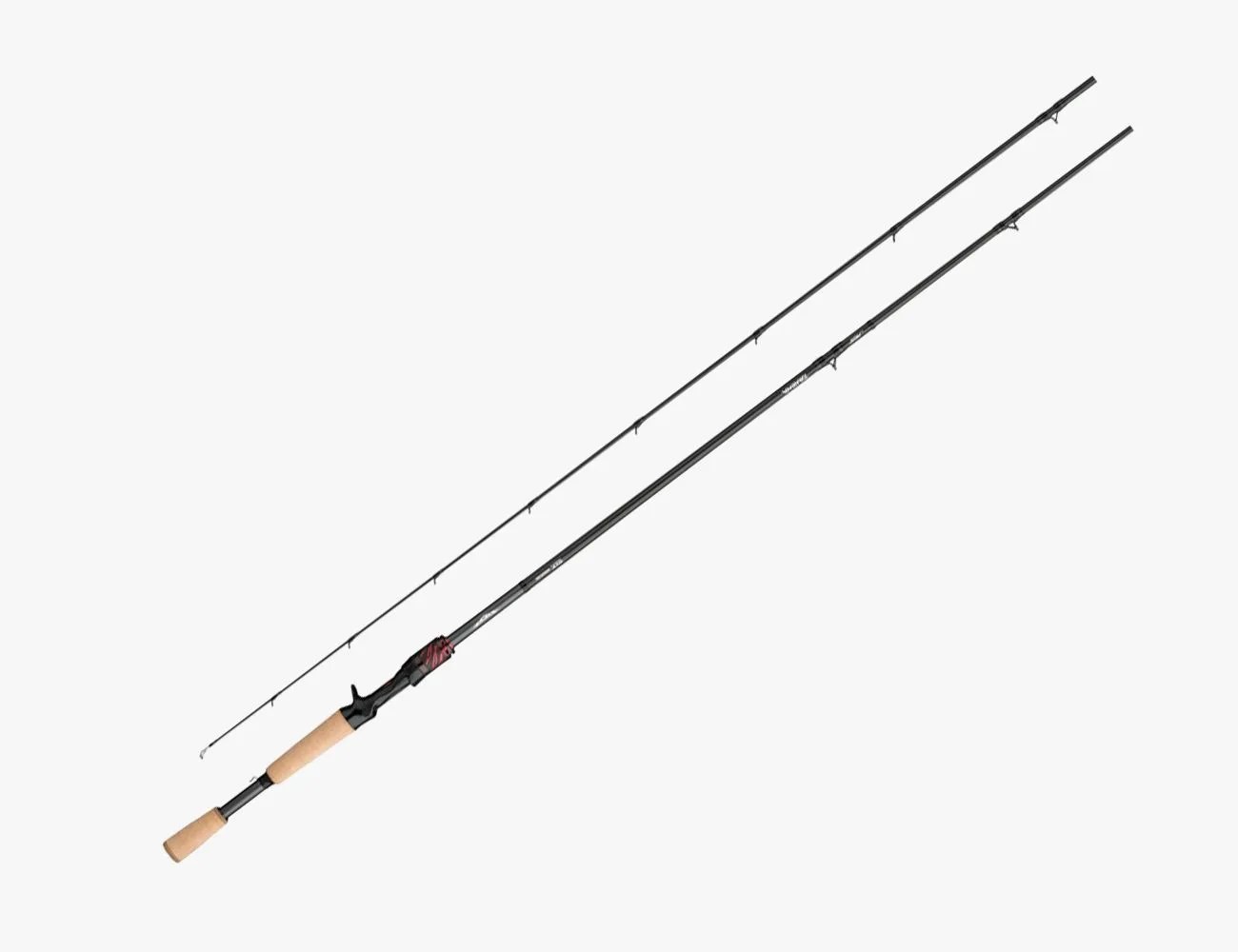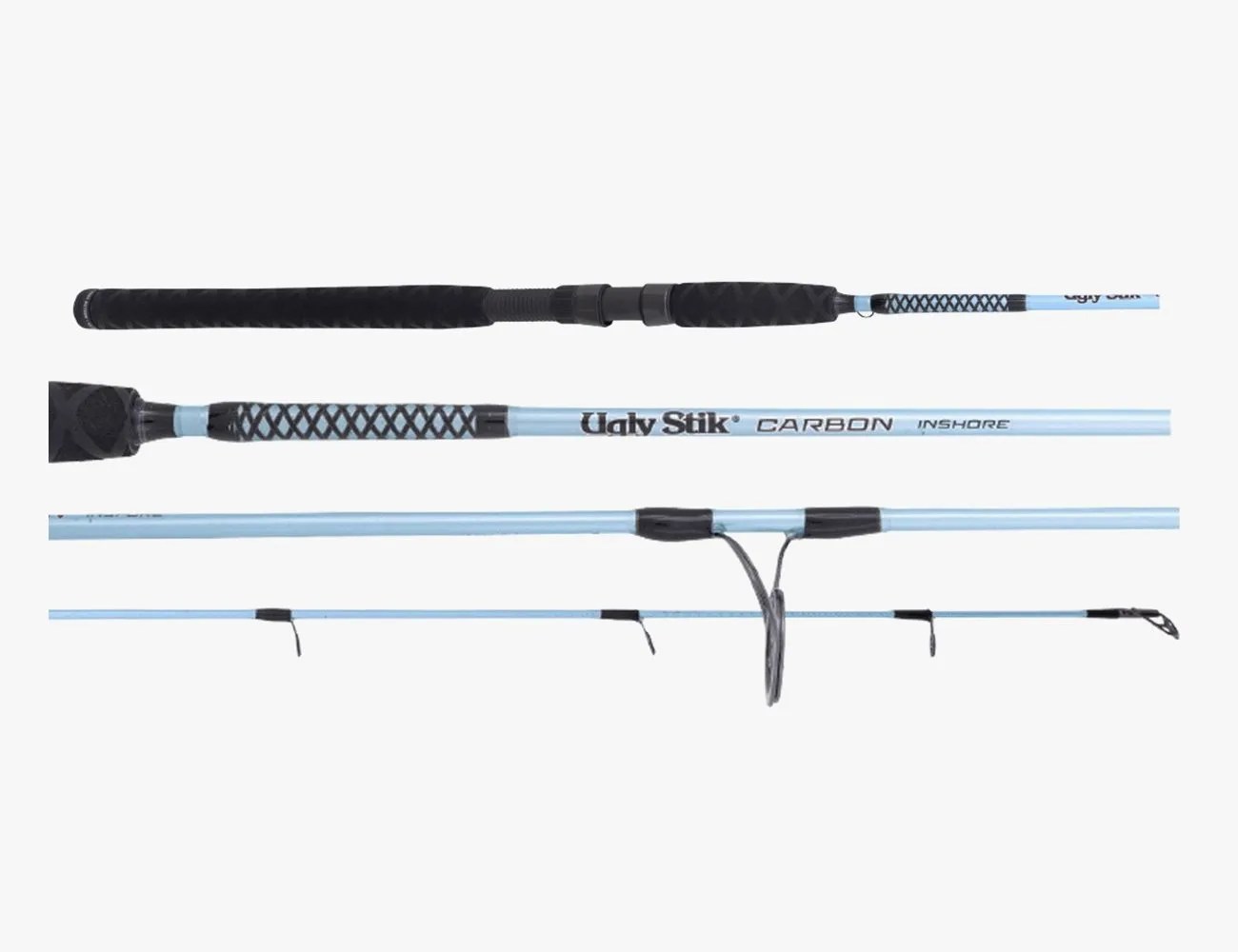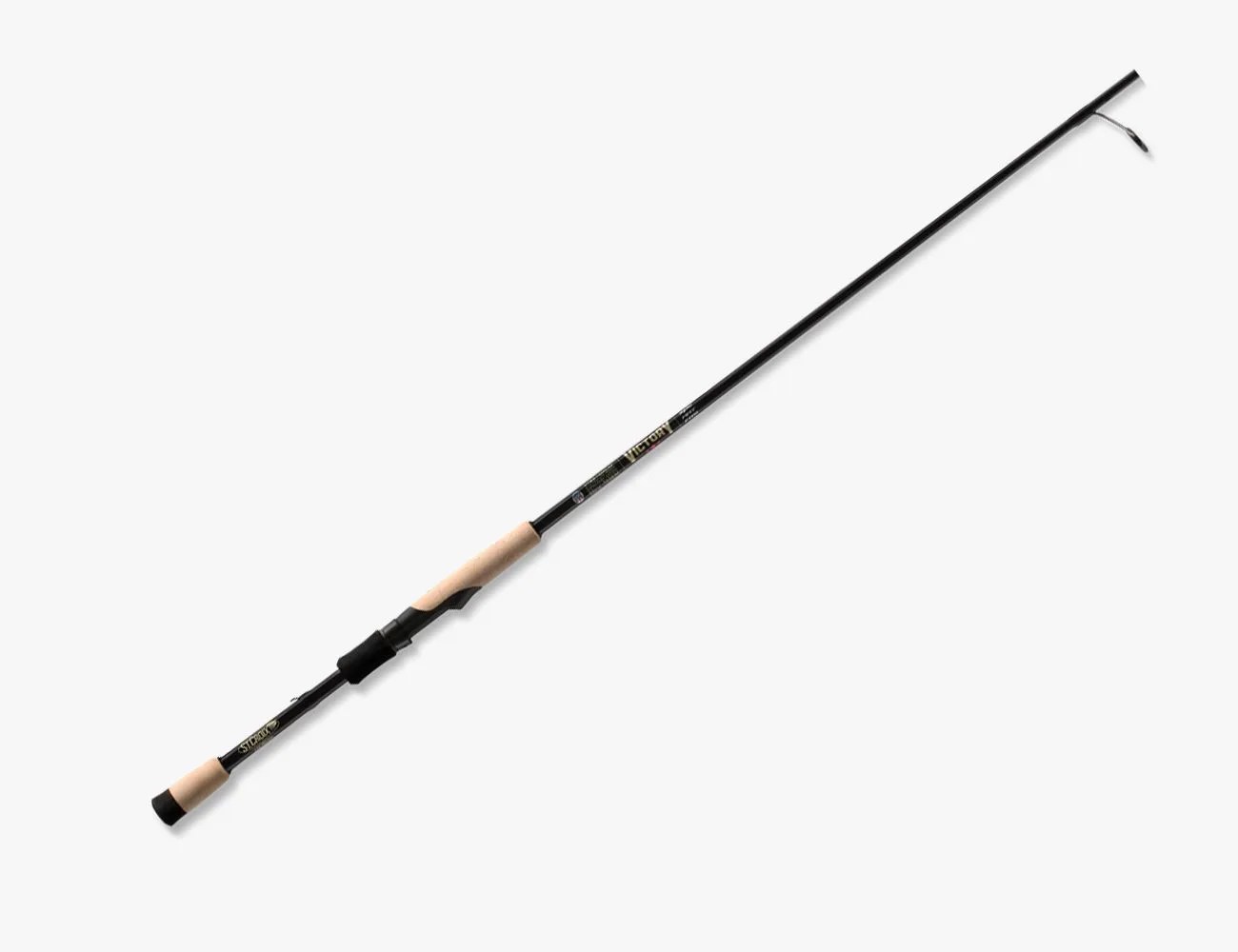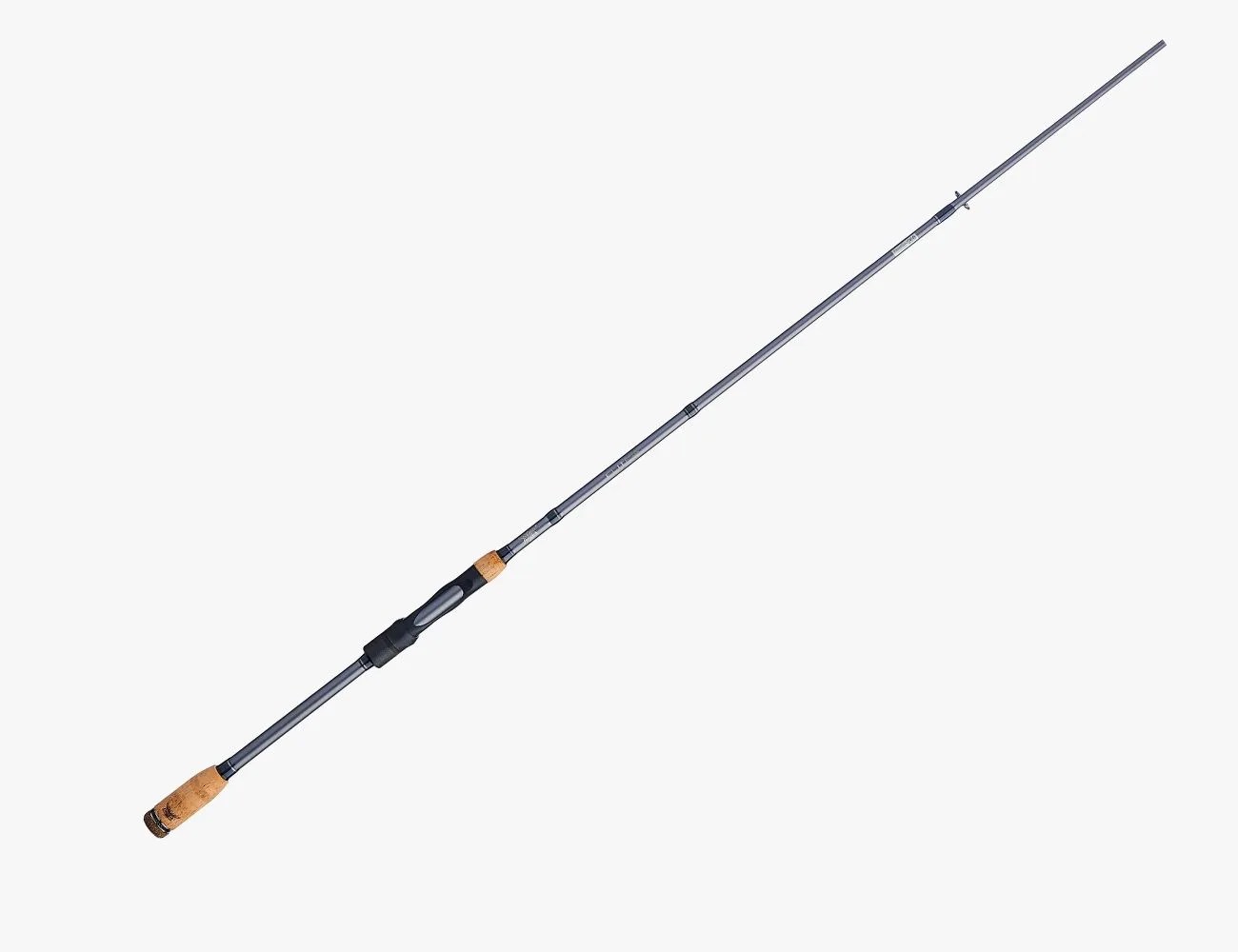Imagine, just for a moment, that you’re standing on the edge of a quiet and serene lake. It’s the early morning; there’s no one else around, and for a brief moment in time, it’s just you, the trees, the water and the silently swimming fish. If you’ve come prepared with the right supplies, there’s no better time to cast a line and fish for a while.
Fishing is one of the many outdoor pursuits that walks the line between hobby and sport, but whatever your intent, at its core fishing is still a communion with the natural world and a chance to return to a sense of connection and purpose. If you’re at all curious about the endeavor, one of the first tasks you’ll want to tackle is finding the right rod. In this guide, I’ll focus on freshwater spinning rods: as a beginning or intermediate angler, you may not yet have access to chartering an off-shore boat or casting into the deep seas, but almost everyone can find a nearby lake and take a spin at the sport, so freshwater spinning rods will be your best bet if you’re just starting out.
Products in the Guide
-
Abu Garcia Vendetta Spinning Rod
Best Overall Rod
Read more -
Daiwa Steez AGS Bass Rod
BEST SPLURGE SPINNING ROD
Read more -
Cadence Essence Spinning Rod
Best Budget Rod
Read more -
Ugly Stik Carbon Inshore
BEST FOR FRESH AND SALTWATER FISHING
Read more -
St Croix Victory Spinning Rod
BEST AMERICAN-MADE ROD
Read more -
Fenwick Elite Bass Spinning Rod
Best Splurge Bass Rod
Read more
What is a spinning rod? Are there different types?
A spinning rod is typically thought of as the most popular type of fishing rod, and are beginner-friendly thanks to its ability to cast long lines with light lures, its affordability and its ease of set-up and use.
What factors should you consider when buying a fishing rod?
Length, action and price are the primary factors to consider when purchasing your fishing rod. Spinning rods come in three popular materials: graphite, glass and composite. Although there are many available lengths, a 7-foot pole is generally considered a good middle-ground option for most freshwater fishing. Action describes how much of the rod will bend when you put pressure on the tip — aka, when you hook a fish. For most beginners, a medium or medium-heavy fast action is recommended: medium or medium-heavy rods will bend in the top half of the rod, and provide more casting distance and decent hooksetting power.
If you’re just getting into angling, it may be a benefit to look into warranties on your rods: your equipment will inevitably get banged up, and it’s worth having a protection plan in place, just in case.
How to care for a spinning rod and reel
This guide focuses on freshwater rods, but I would like to quickly make a note regarding saltwater fishing: if you do take up the hobby, know that nothing is worse for rods and reels than having salt water on them. Always rinse yours off after a day on the water — you can even take them into the shower with you if need be.
In regards to freshwater rods, there are a few key rules for rod maintenance and care: don’t stick them in the sand or on the ground, and don’t trap them in any doors. When cleaning your rod, first set the drag tight. Next, mist or spray the rod with a light amount of water. Wipe the rod down with a soapy cloth or sponge, and rinse it again with water. Finally, shake off any excess water and allow the rod to air dry. When you’re ready to store the rod, loosen the drag. This prevents moisture build-up and preserves the material.
